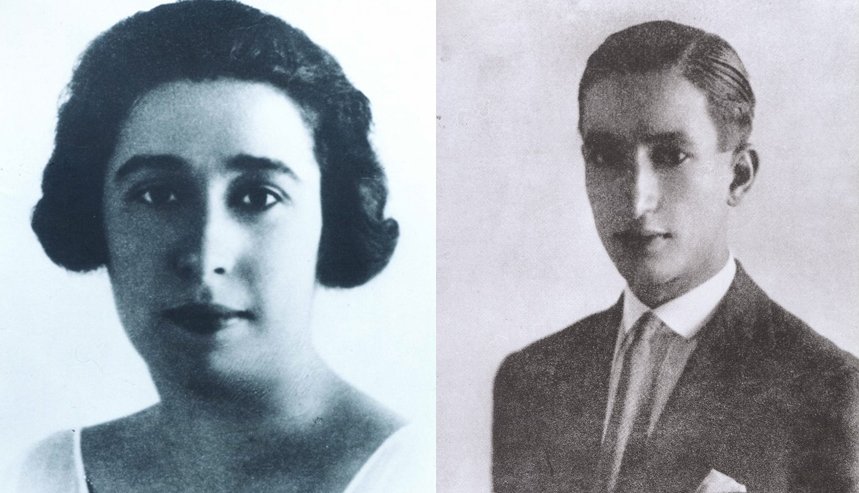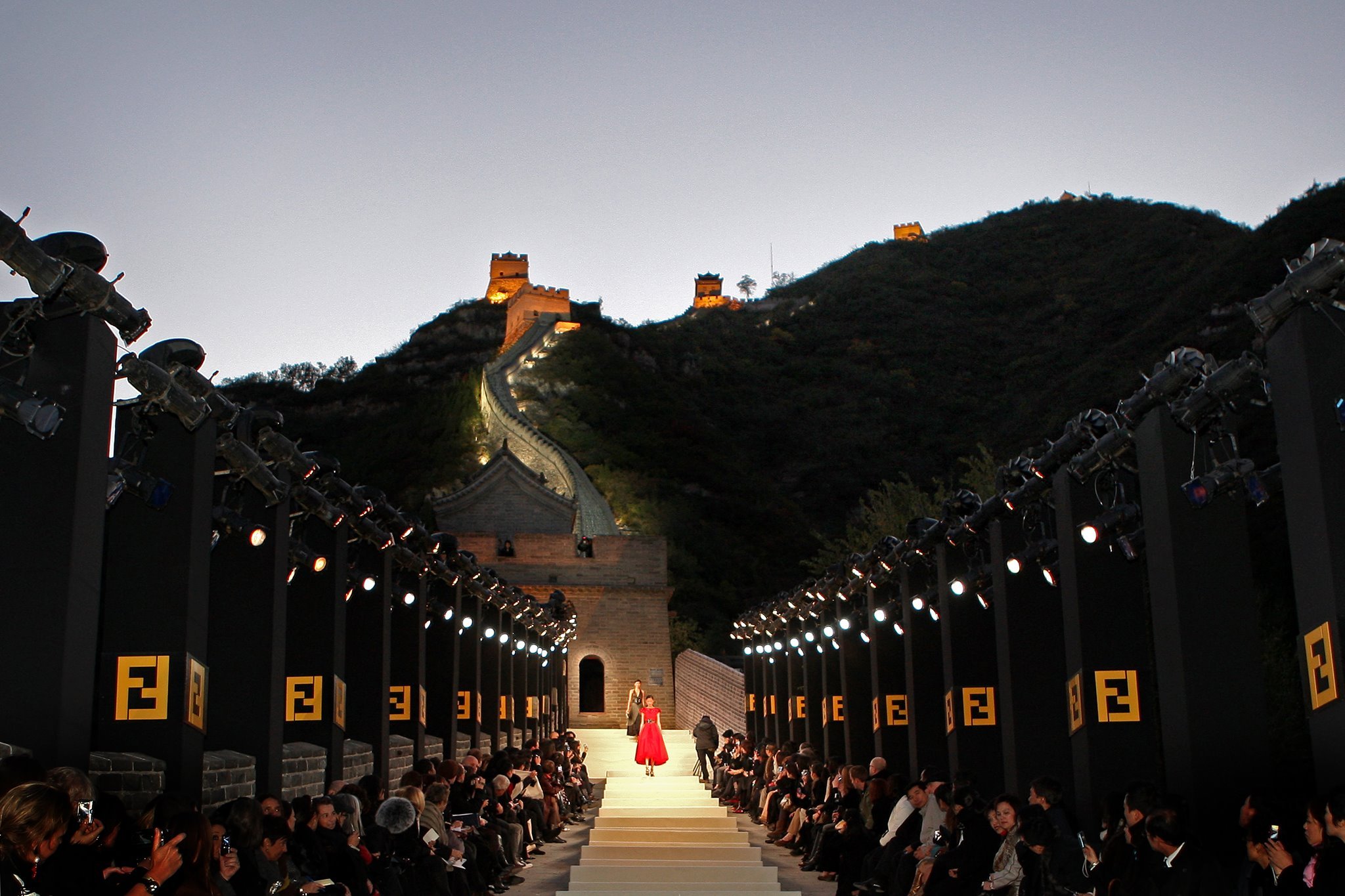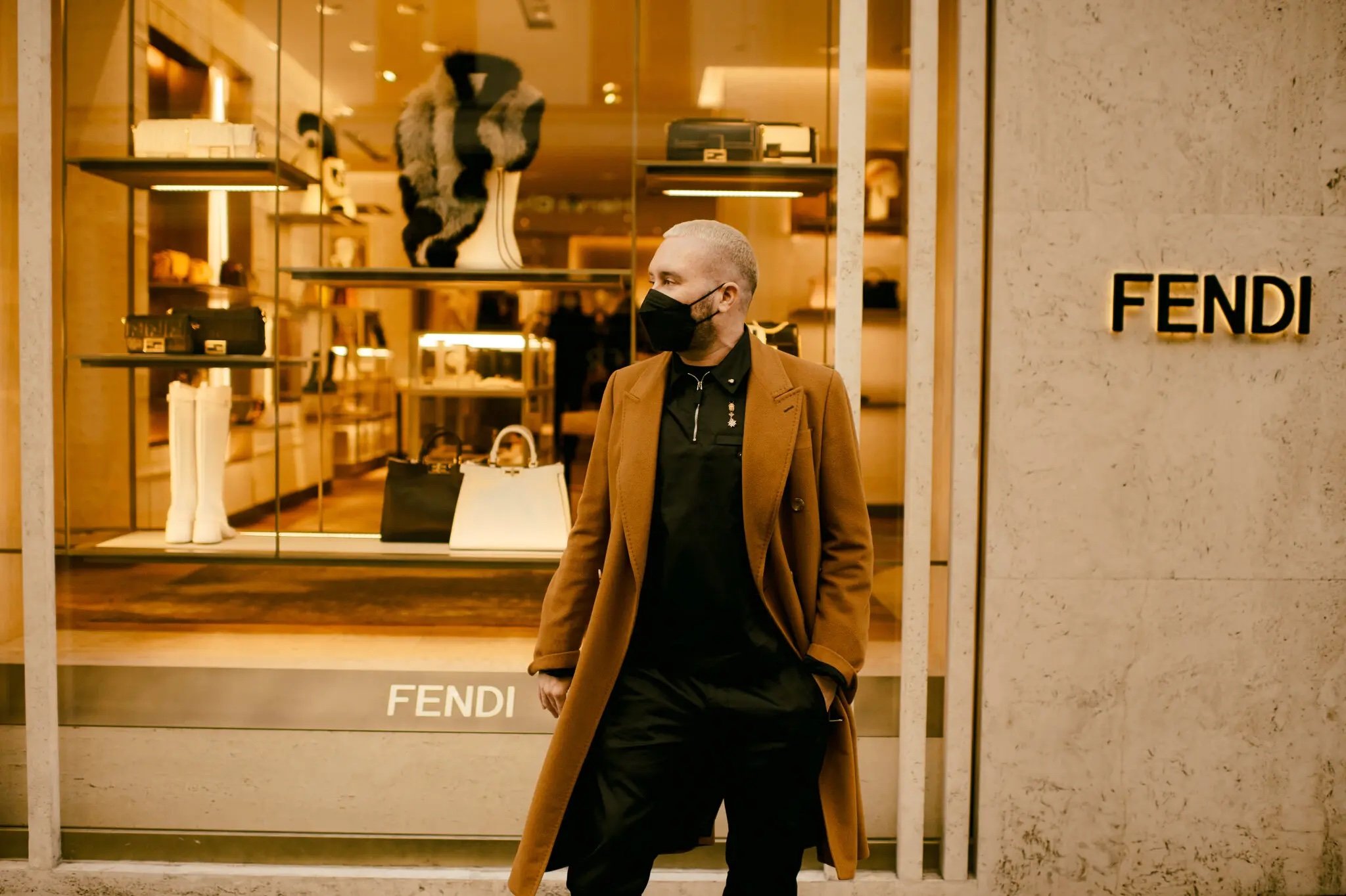Designer Deep Dive: Fendi
I’ve been on such a high from all of the wonderful fashion shows that have been going on over the last several weeks in New York, London, Milan, and now Paris! It’s so exciting to see all of these designers pour their heart and soul into their craft and showcase their latest collections. It’s been several years since I’ve actually followed the shows and watched the recap videos, so it’s been really exhilarating for me to fall in love with runway fashion all over again.
A few months ago I started a new blog series where I spotlight a designer on the first Friday of every month, which I’ve been enjoying so much! Apologies for being a day late - we had a friend in town visiting yesterday and I was like you know what, spending time with them is way more important than finishing up my post 😊 So here’s your friendly reminder to be present and enjoy the little moments no matter what else you might have going on that can sometimes seem more important than being with those you love. After watching the Fendi show during Milan Fashion Week, I felt incredibly inspired and I knew that was the designer I wanted to feature in my next post! I’ve known of Fendi for a long time now, with their iconic Baguette and Peekaboo bags and the “Double F” logo, but I knew absolutely nothing about how this designer got it’s claim to fame until I started doing my research. I didn’t even realize that Fendi is still run by the Fendi family! I can’t wait to share what I’ve learned, so let’s rewind the clock to about 100 years ago.
Fendi was born in 1925 with the opening of a small boutique in the heart of Rome by husband and wife Edoardo and Adele Fendi. Their boutique showcased elegant handbags and sophisticated furs (which Fendi is still known for to this day) and they were a huge hit among their customers. In the 30s and 40s, their 5 daughters became heavily involved in the family business and breathed new life into the brand with fresh ideas. Edoardo passed away in 1946, but Adele and her daughters continued to pursue their craft and desire to produce innovative designs. There’s honestly not a lot of information about what happened in the 20 years following Edoardo’s death, but in 1965 a shining beacon of hope came in the form of Karl Lagerfeld when he joined the fashion house as creative director. During his tenure at the house, he reinvented and redesigned the furs that the Fendi family had been creating for the last 40 years, making them even more sought after. He also created the now famous “Double F” logo which actually stands for “Fun Furs” - I never knew that! I think this is an ideal opportunity to note that during this time, furs were incredibly popular and not necessarily viewed as malpractice, like it is today. But, since fur was a hot commodity back then, Lagerfeld really expanded Fendi’s production of fur beyond coats and incorporated it into accessories and other ready-to-wear pieces, making it more accessible. In 1977 the first ready-to-wear collection debuted and one year after that, the first shoe collection followed.
Karl Lagerfeld with the Fendi daughters.
Lagerfeld worked really closely with the Fendi daughters (they were quite the creative force to be reckoned with!), and that evolved even more so after the death of Adele Fendi in 1978. Each of her 5 daughters took control over different segments of the fashion house, while Lagerfeld remained creative director. They all continued to evolve the brand, staying at the forefront of luxury fashion and constantly innovating new designs, although, it wasn’t until the 80’s when Fendi really took the world by storm! The brand could be found in boutiques all over the world, including their first U.S. store on Fifth Avenue in New York City. They launched their first men’s fragrance and even designed uniforms for the Rome police department! A new generation of Fendi women also started working right around this time, breathing new life into the brand and bringing forth a new creative energy.
In 1992 Silvia Fendi, third generation of the Fendi family, took over as creative director. Lagerfeld continued to be involved with Fendi all the way up until his death in 2019 (he designed more than 100 collections over a 54-year period at the fashion house!), but simply no longer held the creative director title. It was under Silvia’s artistic direction that the Fendi ‘Baguette'‘ bag was born (in 1997 to be exact), arguably known as one of the most iconic ‘it’ bags of all time! It was worn by celebs like Madonna and Julia Roberts, and it was even featured on the hit show Sex and the City. Women couldn’t get enough of this bag and it still remains one of the most beloved handbag silhouettes of the fashion house today. Just about 10 years later, Silvia would also go on to create another famous “it” bag in 2008: the “Peekaboo”. Silvia describes her thought process behind the iconic design, which is known for its drapey, open silhouette, stating: “Simplicity is the new eccentricity. I was looking for a traditional, yet modern contemporary shape, able to satisfy the most sophisticated women. The simplicity relies in the concept of whispered luxury, resembled by a unique contrast between the rich materials in the inside and its essential materials on the outside. The only occasion in which a woman would be recommended to walk around with an unfastened and unlocked bag.” It’s sleek, classic design was an instant hit and remains a staple bag at the house today!
In 1999, luxury goods conglomerate LVMH and Prada bought ownership stakes in the company and in 2000, LVMH purchased Prada’s shares, giving them 51% stake in the company. Just a few years later, they further increased their ownership stake to 84%. Despite the sale, the third generation Fendi sisters continued to manage the business and each had control over different areas of the house. Their main goal was to keep Fendi in the family and remain authentically Italian.
I mentioned earlier that my inspiration for this post came from Fendi’s Fall 2022 RTW show that just happened in Milan, but perhaps one of the most talked about fashion shows of all time was their 2007 show which took place on the Great Wall of China! It was the only fashion show ever to be viewable from space and featured 88 models and 88 meters of runway, which is a nod to this lucky number in Chinese culture. It was such a monumental event in the fashion industry and spoke to Fendi’s legacy of innovation; pushing the envelope of what’s possible. Speaking of “pushing the envelope”, in 2015, Lagerfeld celebrated his 50th anniversary at the house with a somewhat controversial fashion show dedicated to Fendi’s history with fur. There was a lot of chatter around this show, especially since nowadays, there’s much more tension around fur in the fashion industry. The standout piece in the collection was a fur coat valued at $1 million dollars 😱 made from Sable fur that was hand painted in metallic silver. Lagerfeld “dreamed about the moon” for this collection and clearly wanted to make a statement for this momentous anniversary!
Fast forward 5 years and British designer Kim Jones stepped in as creative director in 2020, overseeing Couture and Womenswear, alongside Artistic Directors Silvia Fendi and Delfina Fendi, third and fourth generation of the Fendi family. Jones is still at Fendi today and also continues to oversee the menswear collection at Dior - he certainly knows how to keep busy! I’m so excited to see what he continues to create for Fendi and how he carries on the legacy that Karl Lagerfeld helped establish for this innovative, Italian brand. Speaking of innovative, have you seen the latest bag that everyone’s been talking about?! The “Fendigraphy” is a gorgeous take on a hobo style with a bit more structure and features stunning gold lettering on the bottom. I’m usually not one to show off a brand label on my clothing or accessories but for this bag I totally would 😍 I’m a big fan!
Which designer should I feature next month?! Let me know your thoughts!
Sources: InStyle | Purse Blog | Love to Know | Racked






